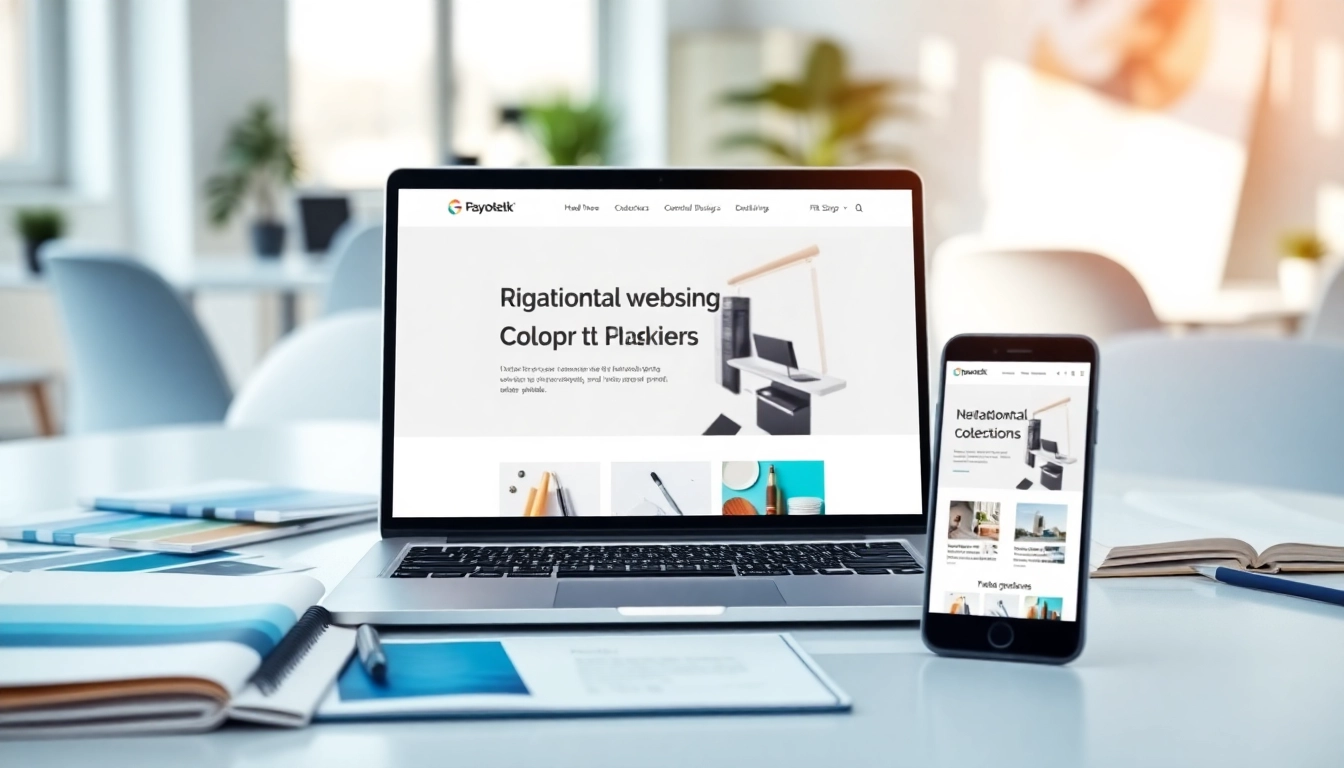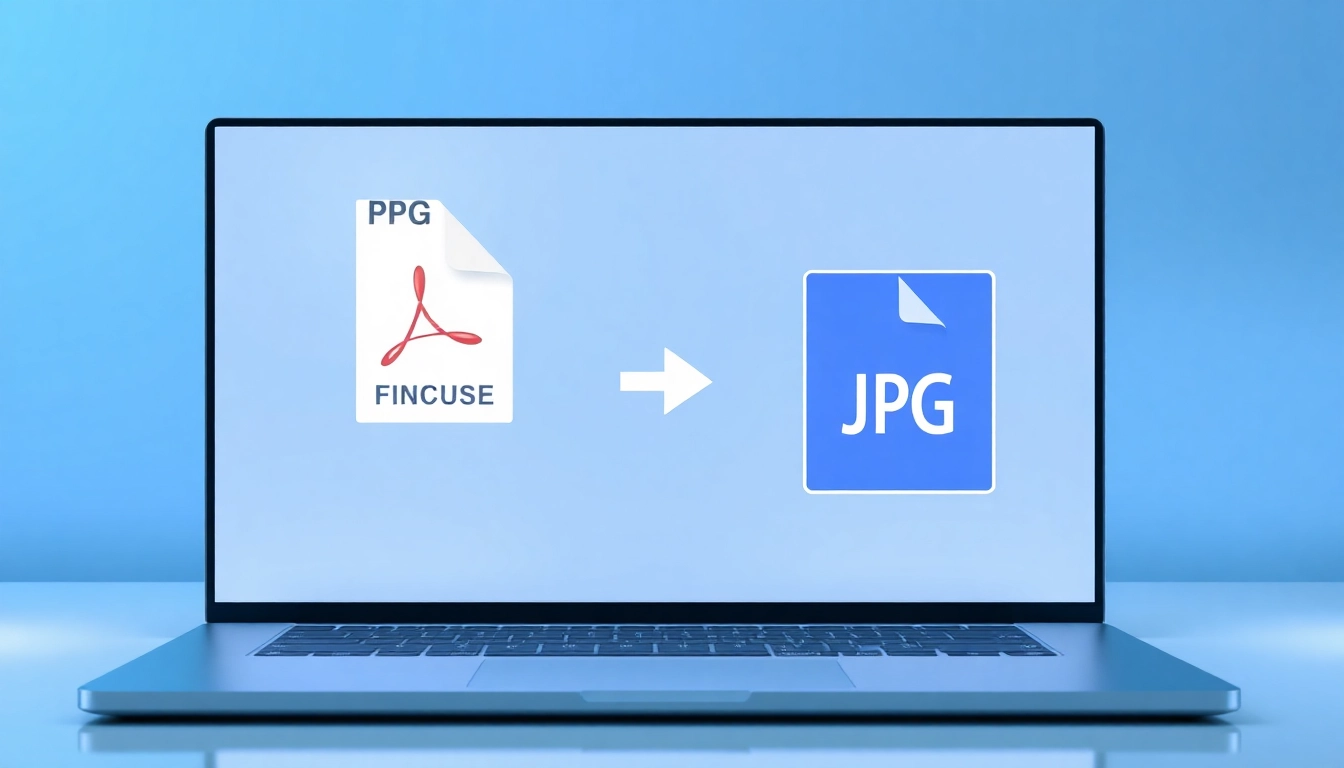Understanding Website Design Fundamentals
The world of website design is constantly evolving, driven by technological advancements, changing user preferences, and the necessity for businesses to establish an online presence. To create an effective website, it is essential to understand the fundamental principles that underpin successful design and implementation. In this section, we will explore the key principles of effective website design, the importance of responsive design, and common pitfalls to avoid during the design process.
Key Principles of Effective Website Design
Good website design is grounded in several key principles that guide the creation of a user-friendly and aesthetically pleasing experience. These include:
- Clarity: Websites should present information clearly and concisely, minimizing cognitive load on the user. Important messages and calls to action should be easily identifiable.
- Usability: Users should be able to navigate the website effortlessly, with intuitive layouts and straightforward pathways to information.
- Aesthetics: Visual elements such as colors, typography, and imagery need to be harmonized to enhance the user experience. The design should reflect the brand’s identity and evoke the desired emotional response.
- Consistency: Employing a consistent style across all pages reinforces brand identity and helps users feel more comfortable navigating the site.
- Accessibility: Effective website design must accommodate users with varying abilities, ensuring everyone can access and enjoy the content.
The Importance of Responsive Website Design
With the widespread use of mobile devices for browsing, responsive website design has become critical. A responsive design adapts to various screen sizes and orientations, providing an optimal viewing experience across devices. Here are some benefits of responsive design:
- Improved User Experience: Users benefit from easily navigable content that fits their device’s display, reducing frustration and lowering bounce rates.
- Higher Search Engine Rankings: Search engines prioritize mobile-friendly websites in their results, which can enhance visibility and traffic.
- Cost-Effective: Maintaining a single responsive site is more efficient than managing separate desktop and mobile versions, saving time and resources while simplifying updates.
Common Mistakes in Website Design to Avoid
Even experienced designers can fall victim to common pitfalls that undermine their efforts. Recognizing these mistakes is key to avoiding them:
- Neglecting User-Centered Design: Focusing solely on aesthetics rather than user needs can lead to poor design choices.
- Overcomplicating Navigation: Complex menus can confuse users, leading them to abandon the site.
- Ignoring Speed Optimization: Slow-loading websites frustrate users and negatively impact search rankings.
- Inadequate Testing: Testing across devices and browsers is essential. Launching without thorough testing can result in unexpected issues.
Choosing the Right Tools for Website Design
Designing a website involves choosing the right tools that can facilitate the process and enhance the final product. The following subsections delve into the best software for website design, the potential of templates, and the role of AI in streamlining design workflows.
Best Software for Creative Website Design
Several software options are available that cater to varying levels of expertise and requirements in website design. Here are some top choices:
- Adobe XD: This vector-based tool is designed for web and mobile app design, offering features for creating wireframes, prototypes, and design specs.
- Sketch: Favored by many designers, Sketch specializes in UI/UX design and offers an array of plugins that enhance productivity and collaboration.
- Figma: A cloud-based design platform that promotes collaboration, Figma enables multiple users to work on the same design in real-time.
- Canva: A user-friendly online design tool that offers customizable templates and drag-and-drop features suitable for beginners.
Leveraging Templates in Your Website Design Process
Templates provide an excellent starting point in the website design process, offering pre-built layouts and design elements that can streamline development. Consider the following advantages:
- Speed: Templates save time by offering a structure that can be customized, allowing designers to focus on content and uniqueness.
- Professional Quality: Many templates are designed by professionals, ensuring aesthetic appeal and functionality.
- Cost-Effective: Using templates can reduce costs, particularly for small businesses that may lack the budget for bespoke designs.
Integrating AI in Website Design Solutions
The advent of AI has transformed the landscape of website design. Tools powered by artificial intelligence can enhance design efficiency and assist in creating bespoke user experiences. Key applications include:
- Design Generation: AI can generate design ideas based on user input or industry trends, saving time and enhancing creativity.
- User-Centric Adjustments: AI algorithms can analyze user behavior, offering insights that help tailor the website to meet users’ needs and preferences.
- Content Optimization: AI can recommend or create content that resonates with audiences based on their interests and browsing patterns.
Designing for User Experience in Website Design
User experience (UX) is a major determinant of a website’s effectiveness. A well-designed site keeps users engaged and encourages desired actions. This section focuses on creating intuitive navigation structures, enhancing visual appeal, and applying accessibility standards.
Creating Intuitive Navigation Structures
Effective navigation is foundational to a positive user experience. Here are essential elements in creating a seamless navigation structure:
- Logical Hierarchies: Organizing content in a logical order allows users to easily find what they need.
- Visible Menus: Ensuring menus are easily accessible and legible helps prevent user frustration.
- Consistent Labels: Utilizing familiar terms and consistent labeling makes navigation intuitive for users.
Enhancing Visual Appeal for Better Engagement
The visual elements of a website play a crucial role in maintaining user engagement. Strategies to enhance visual appeal include:
- High-Quality Images: Using crisp, vibrant images can capture attention and communicate messages effectively.
- Color Psychology: Colors evoke emotions and can influence how users perceive a brand. Establishing a consistent color palette reinforces brand identity.
- Whitespace Utilization: Employing whitespace correctly helps balance the layout and focus user attention on vital elements.
Applying Accessibility Standards in Website Design
Designing with accessibility in mind ensures that all users, regardless of ability, can navigate and interact with the website. Strategies include:
- Alt Text for Images: Including descriptive alt text enables screen readers to convey information to visually impaired users.
- Keyboard Navigation: Designing sites that can be easily navigated via keyboard supports users with mobility impairments.
- Contrast and Readability: Ensuring text contrasts sufficiently with the background improves legibility for all users.
Testing and Optimizing Your Website Design
Once a website is designed and launched, continuous testing and optimization are vital to ensure it meets users’ needs. This section discusses key metrics for measuring success, the role of user feedback, and essential SEO best practices.
Key Metrics to Measure Website Design Success
Evaluating a website’s performance requires monitoring various metrics, including:
- Traffic Analytics: Tools like Google Analytics can track visitor numbers, location, and behavior, providing insights into user engagement.
- Bounce Rate: A high bounce rate may indicate users are not finding relevant content or are not engaged with the design.
- Conversion Rates: Tracking the percentage of visitors completing desired actions (e.g., purchases, sign-ups) is pivotal in measuring effectiveness.
User Feedback and Iterative Design Process
User feedback is essential for continuous improvement. Collecting feedback through surveys, usability tests, and direct input can reveal areas for enhancement. Implementing changes based on this feedback fosters an iterative design process that continually advances user experience.
SEO Best Practices for Website Design for Higher Visibility
SEO and web design are closely intertwined. Employing SEO best practices during the design process can significantly boost a website’s visibility:
- Responsive Design: As noted earlier, responsive design is a key factor in search engine ranking.
- Page Load Speed: Optimizing images and code can enhance load times, which influence SEO scores.
- Clean URL Structure: Utilizing descriptive, user-friendly URLs supports both user experience and SEO.
Future Trends in Website Design
As technological innovations continue to emerge, so too will the landscape of website design. In this section, we’ll explore upcoming trends that are poised to shape the future of digital design.
The Impact of Mobile-First Approaches in Website Design
The mobile-first design approach prioritizes designing for mobile devices before scaling up to larger screens. This trend is vital, given the prevalence of mobile browsing. Adopting a mobile-first philosophy can lead to:
- Enhanced User Experience: Creating designs tailored to mobile ensures a seamless experience for a significant portion of users.
- Efficient Workflows: This approach encourages designers to prioritize essential features, improving focus during development.
Exploring Minimalist Website Design Trends
Minimalism focuses on stripping designs down to their essential elements. This trend promotes clarity and ease of navigation. As sites become simpler:
- Faster Load Times: A minimalist design typically results in a quicker loading time, improving user satisfaction.
- Increased Focus: With fewer distractions, users can concentrate on key actions or messages.
How AI Will Shape the Future of Website Design
Artificial intelligence is set to revolutionize many aspects of website design, including:
- Personalization: AI can analyze user behavior to create tailored experiences, ensuring content is relevant to individual preferences.
- Automated Design Tools: Tools that leverage AI can simplify design processes, enabling non-designers to create effective websites.
- Enhanced Customer Support: Chatbots and AI-driven customer service tools can improve user interactions and provide instant assistance.



